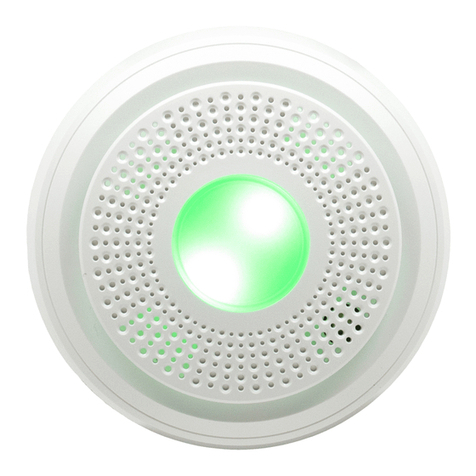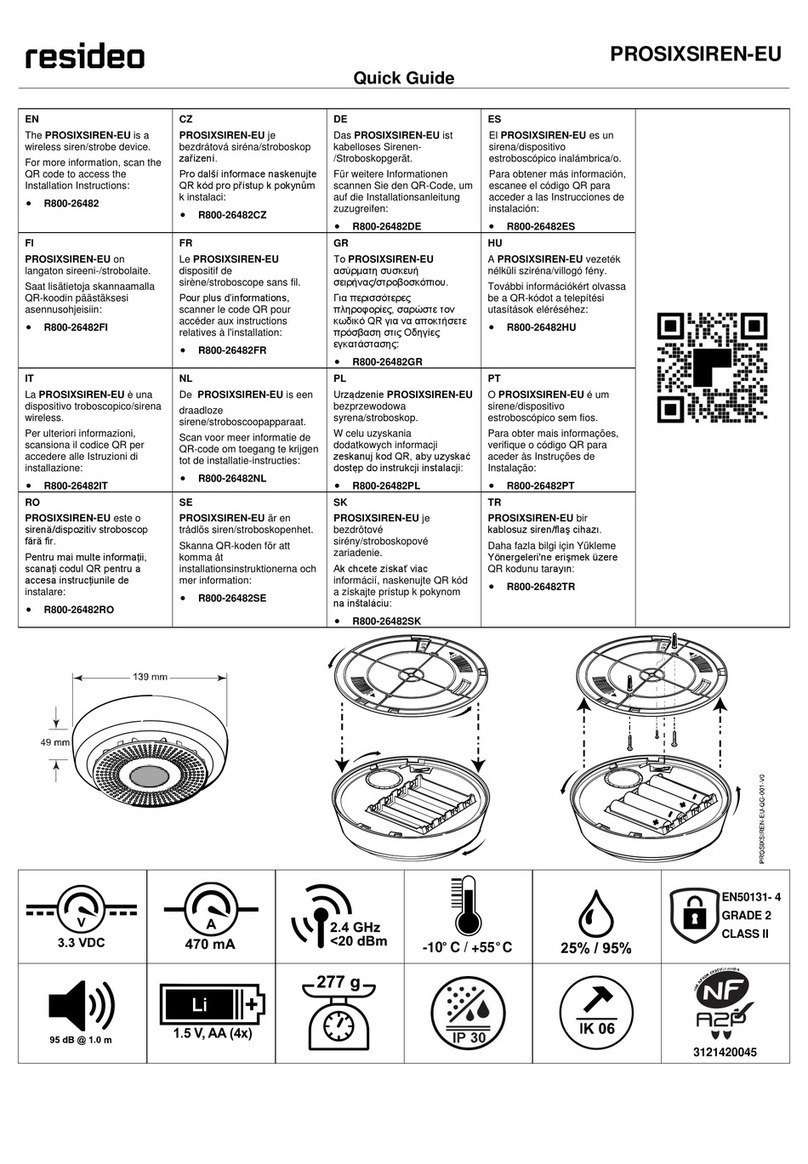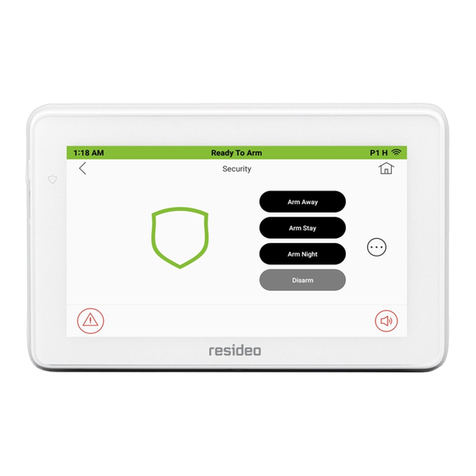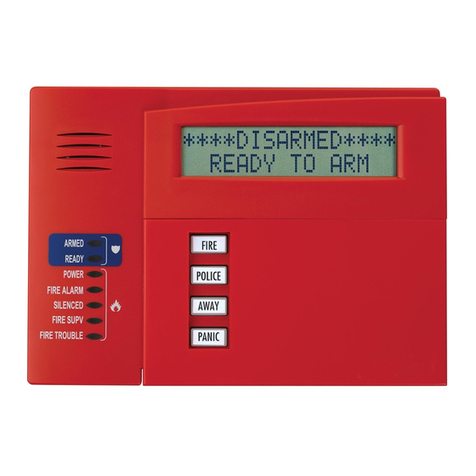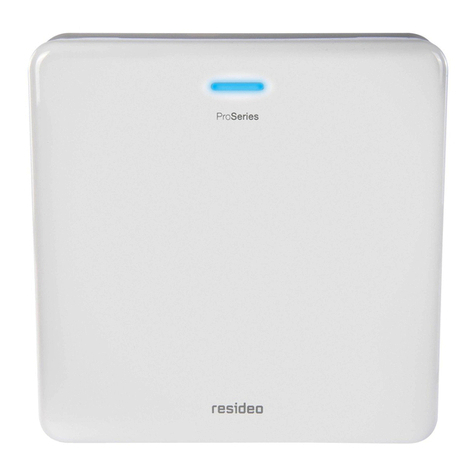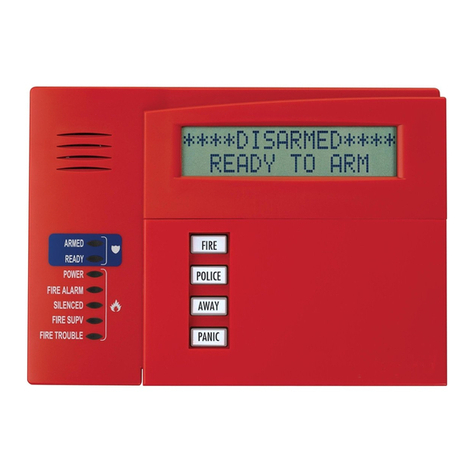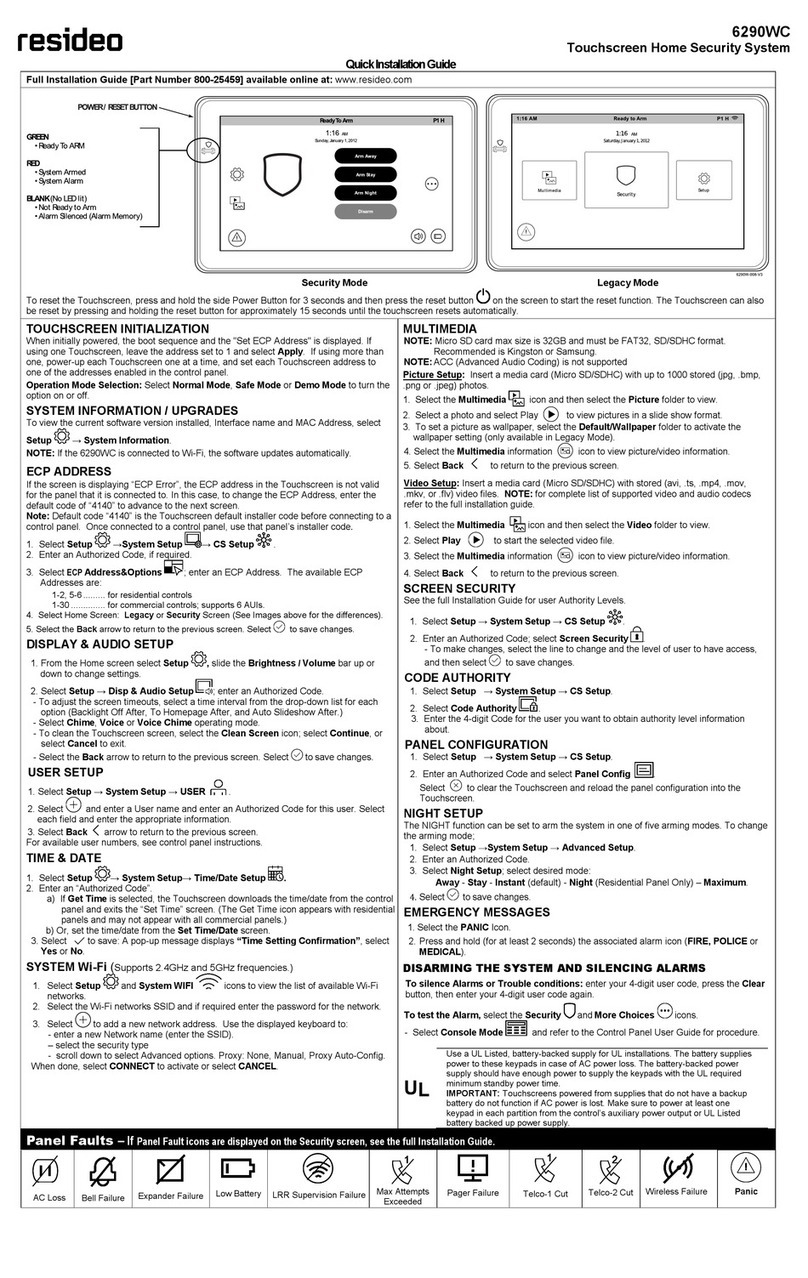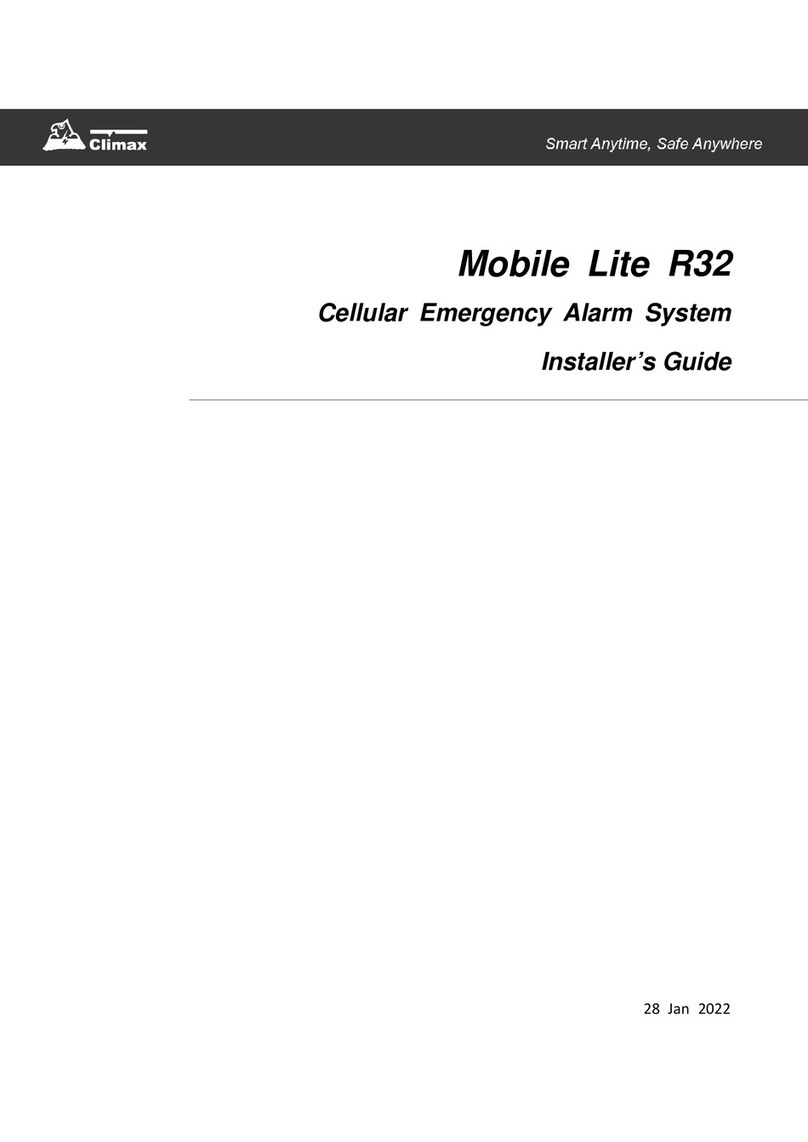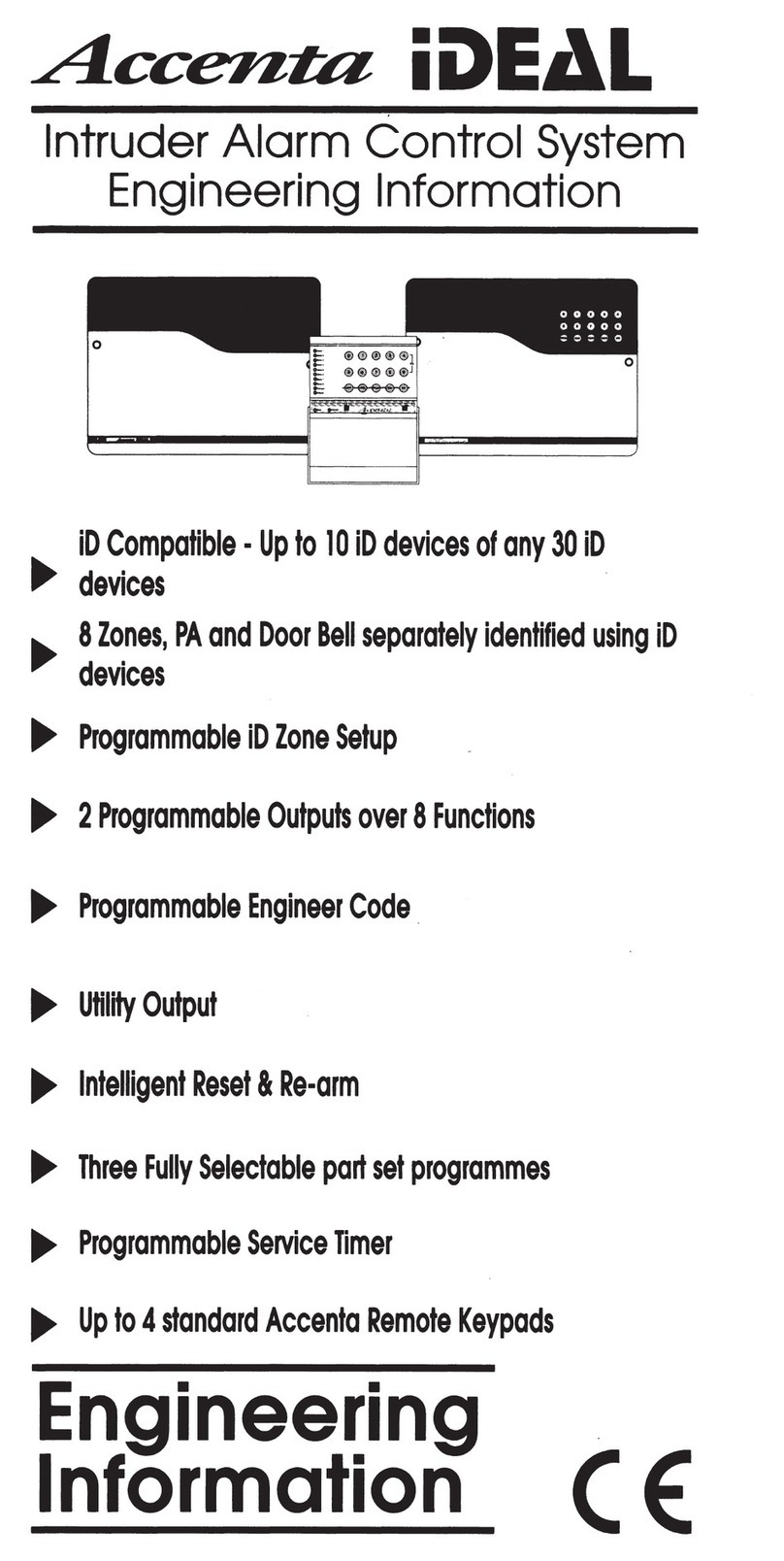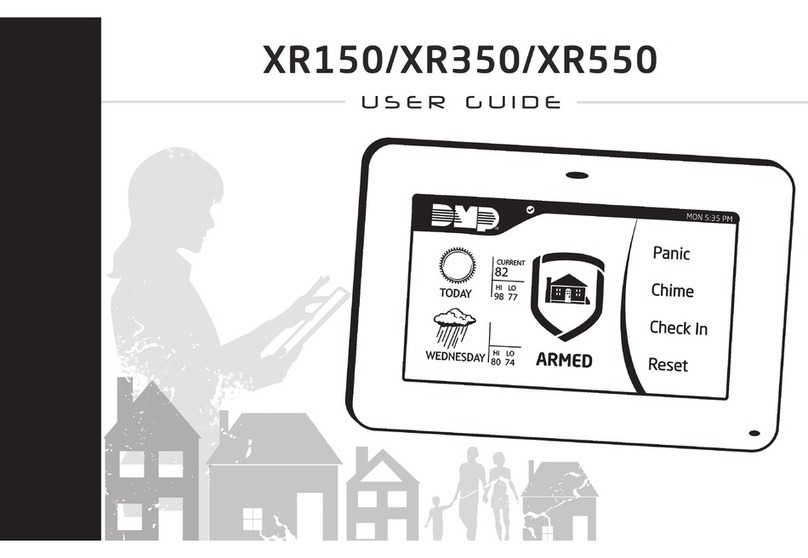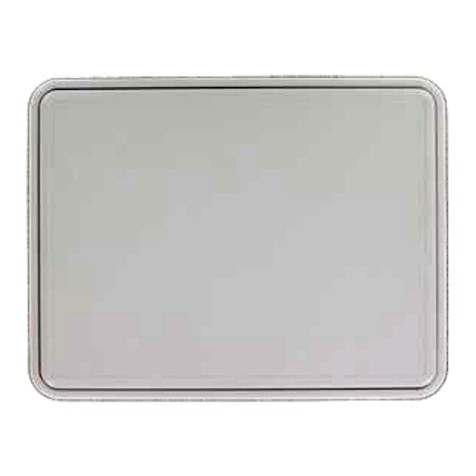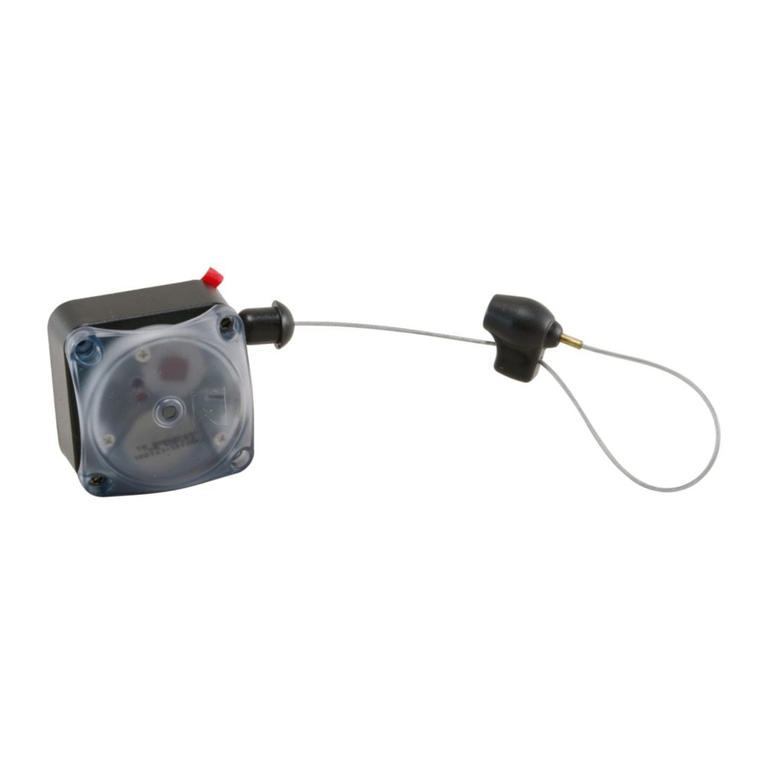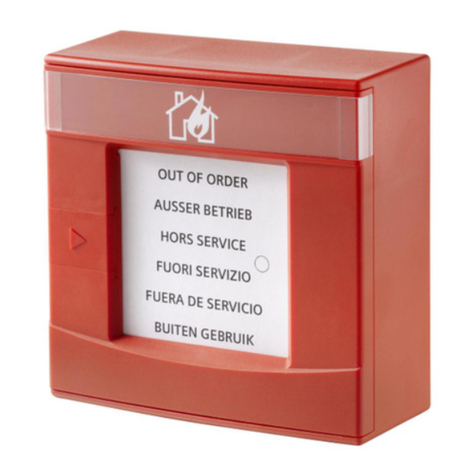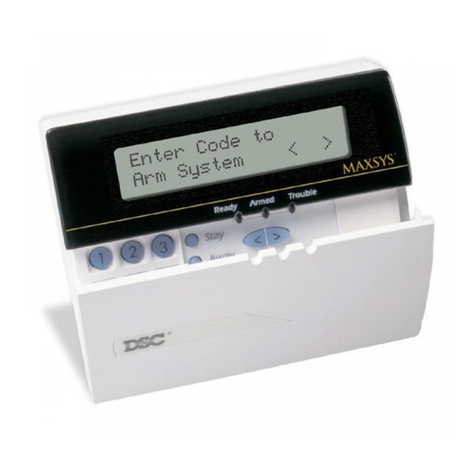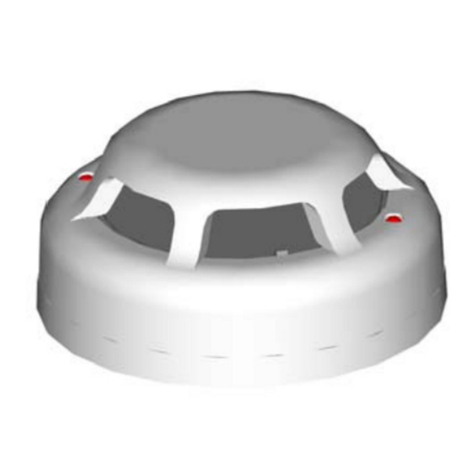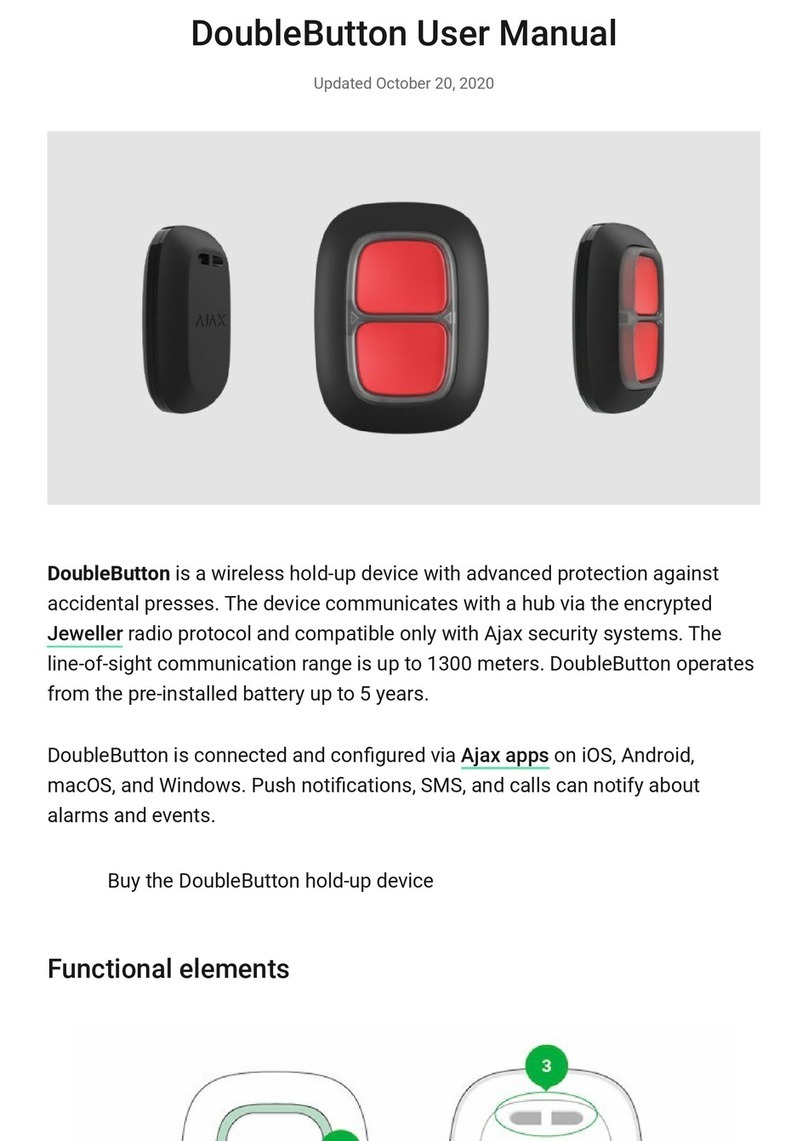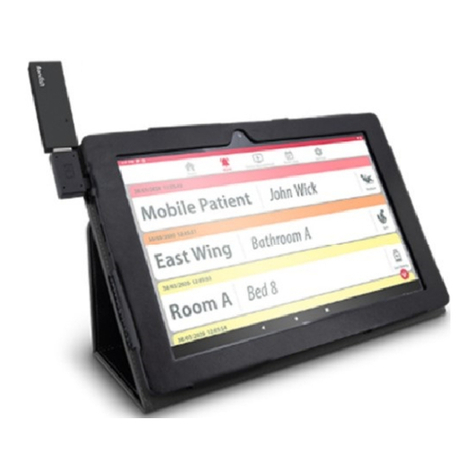
iii
Table Of Contents
Features and Installation Highlights ...................................................................................................................1-1
Capabilities and Functions .................................................................................................................................................. 1-1
Compatible Devices ............................................................................................................................................................ 1-2
Important Installation Highlights (Installer Please Read)..................................................................................................... 1-2
Mounting and Wiring the Control ........................................................................................................................2-1
Installing the Control Cabinet and PC Board....................................................................................................................... 2-1
Cabinet and Lock .......................................................................................................................................................... 2-1
Mounting the PC Board Alone (no RF Receiver)........................................................................................................... 2-1
Mounting Board with RF Receiver................................................................................................................................. 2-1
Auxiliary Device Current Draw Worksheet..................................................................................................................... 2-2
AC Power, Battery, and Ground Connections..................................................................................................................... 2-3
1321 Transformer.......................................................................................................................................................... 2-3
Battery Connections ...................................................................................................................................................... 2-3
Battery Saver Feature ................................................................................................................................................... 2-3
Earth Ground................................................................................................................................................................. 2-3
Sounder (Bell) Connections ................................................................................................................................................ 2-4
Basic Connections......................................................................................................................................................... 2-4
Supervised output ......................................................................................................................................................... 2-4
Connecting the Keypads and Other Addressable Devices.................................................................................................. 2-4
Connections .................................................................................................................................................................. 2-4
Supplementary Power (optional) ................................................................................................................................... 2-4
Keypad Notes................................................................................................................................................................ 2-5
Communication Device.................................................................................................................................................. 2-5
(Long Range Radio) Connections ................................................................................................................................. 2-5
Table of Device Addresses ................................................................................................................................................. 2-5
Hardwire Zones and Zone Expansion................................................................................................................................. 2-6
Hardwire Zones ............................................................................................................................................................. 2-6
Double-Balanced Zones................................................................................................................................................ 2-6
Zone Doubling ............................................................................................................................................................... 2-6
Smoke Detectors........................................................................................................................................................... 2-6
Smoke Detector Notes .................................................................................................................................................. 2-7
4219/4229 Expansion Zones......................................................................................................................................... 2-7
Installing the RF Receiver and Wireless Transmitter Zones ............................................................................................... 2-8
Compatible Receivers ................................................................................................................................................... 2-8
Receiver Connections ................................................................................................................................................... 2-8
RF Receiver Notes ........................................................................................................................................................ 2-8
Installing the Transmitters ............................................................................................................................................. 2-9
Transmitter Battery Life ................................................................................................................................................. 2-9
Connecting Relay Modules and Output Triggers .............................................................................................................. 2-10
4204/4229 Relay Modules........................................................................................................................................... 2-10
On-Board Triggers....................................................................................................................................................... 2-10
Phone Line and Audio Alarm Verification (AAV) Connections .......................................................................................... 2-11
Phone Line .................................................................................................................................................................. 2-11
Audio Alarm Verification Connections ......................................................................................................................... 2-11
Audio Alarm Verification Connections ......................................................................................................................... 2-12
